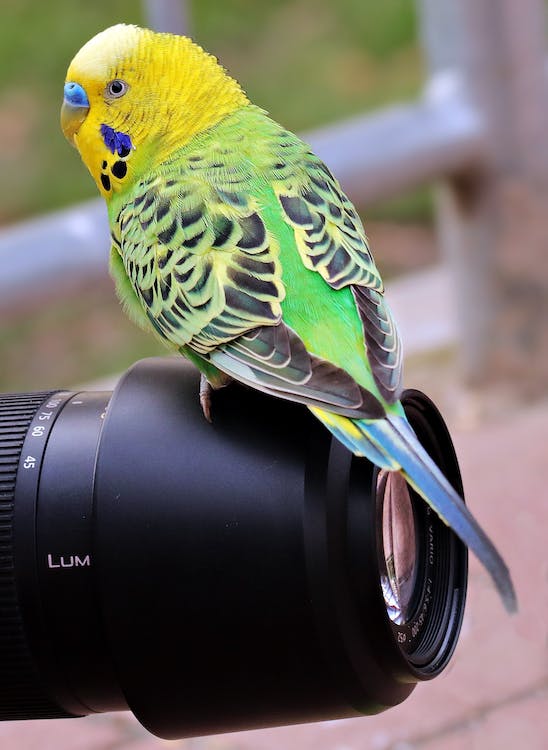When choosing a camera for wildlife photography, we need to keep in mind many essential things. This article will cover the right features and properties to select a camera for wildlife photography, plus it will make this difficult task easy for you. If you want to be a wildlife photographer and struggle with choosing a better camera to upgrade your career, you are on the right path. Here I have mentioned some of the critical things that you have to be careful of when you buy a camera for wildlife photography; keep reading this article till the end. And if you are an expert photographer, using the best Photography Invoice Generator will add more professional touch to your every shot.
Key Features To Consider:
- Weather Sealing
- Sensor Size
- ISO Range
- Continuous Shooting Speed
- Auto Focus with Accuracy
- Battery Duration
- Buffer Size
Weather Sealing: Wildlife photography sometimes goes under so many unnatural conditions and weather. There may be rain, snow, hail, and many more worst conditions. So, if your camera can not handle these kinds of unusual situations, then it will not serve you and will last for a more extended period. That is the main reason why weather sealing is a must for wildlife photography. So, keep remembering this while buying a camera for wildlife photography.
Sensor Size: There are two sizes of the sensor. One is full-frame, and another one is the crop. You must decide which one you will buy because these sensors have a different role in taking the wildlife snap.
The full-frame sensor will provide you with a higher dynamic range and better low-light performance, and the crop sensor can offer you greater reach at the time of our shooting.
With a full-frame sensor, you can get distance views near you that will allow you to free your arms for capturing them quickly, standing in a safe place. It has become essential when you take some dangerous animal snap as you can not go near them, and you have one option to zoom in and get your desired shots.
ISO Range: The ISO range is a must-needed feature for wildlife photography. You can not refuse this crucial property because you can not take shots in low-light weather without this. The ISO will provide you the opportunity to have some stunning snaps even in a low-light area. However, there are some places where you will not get enough light, plus to take the evening shoots, you will need the help of a higher ISO range. So, before buying a particular digital camera or DSLR camera, you must know whether the ISO range is enough with that specific camera or not.
Continuous Shooting Speed: Continuous shooting Speed is one of the essential properties for a wildlife photographer. This means how many pictures you can take within a second with your camera. The more view you can take with your DSLR camera, the more performance you will get. The animals are running, walking, and even moving. So, if you are interested in capturing those moments with your camera, then you must have a DSLR camera with more continuous shooting speed. At least 10+ constant shooting speed cameras can provide you with a better performance.
Auto Focus with Accuracy: It is not enough to have autofocus with your DSLR but also it must have a focusing speed with accuracy. If your camera has accuracy with excellent tacking ability when to focus, you will surely be able to nail some most amazing snaps. Another crucial issue is; your camera has to have a quick response in terms of focusing. Therefore, to have an excellent wildlife user experience, you need to have autofocus with accuracy.
Buffer Size: In brief, a camera’s buffer size can describe by the number of pictures it can take without stopping. Your continuous shooting speed will not work correctly if your camera’s buffer size is not good enough. For instance, if your camera can capture 15 shots per second, it is excellent. But, if your camera’s buffer lasts for ten shots, you will have to wait for finishing and storing in your camera, plus you will miss some great moments for sure.
Battery Duration: As you are to take snaps in a place where you have few chances to charge your camera, that is why you must be careful about the battery duration of your DSLR camera. Therefore, it depends on how many pictures you want to take or how big a battery you want.
Last Words: Therefore, you can choose any camera for your wildlife photography if you get these features mentioned above in this article. Although there are many more properties that you can notice while buying a DSLR camera for your wildlife photography, these are the main features that you must keep in mind when you go for purchasing a DSLR camera.

